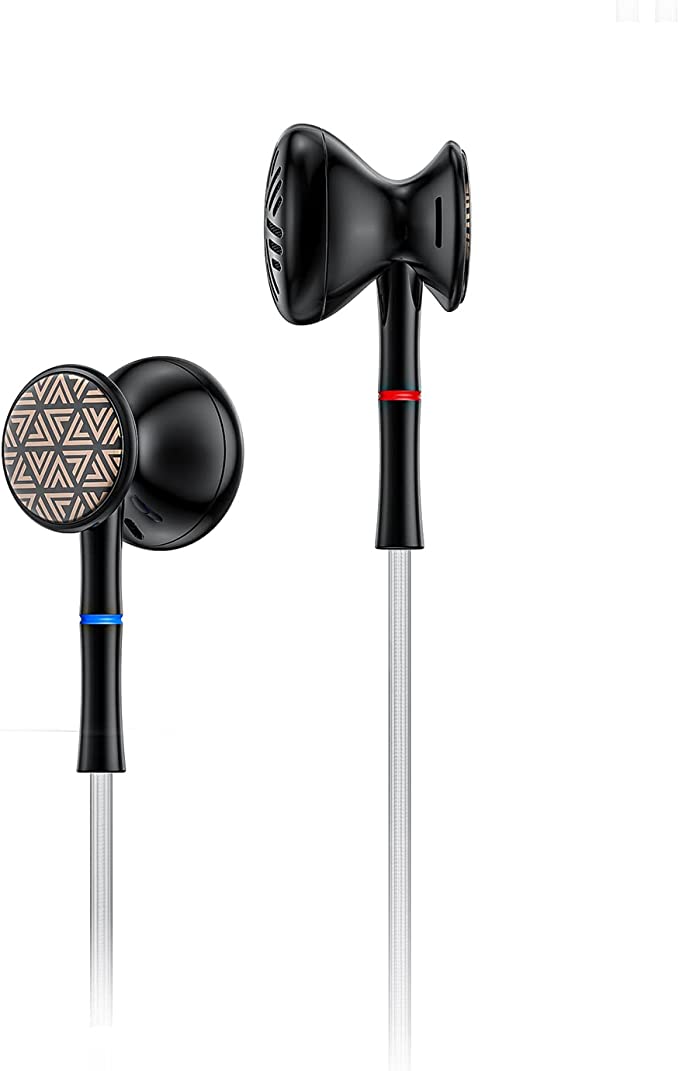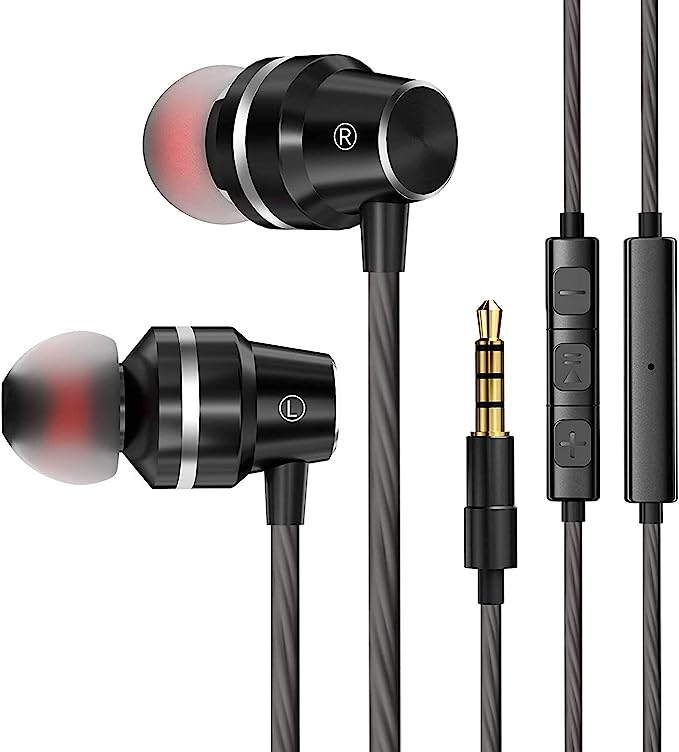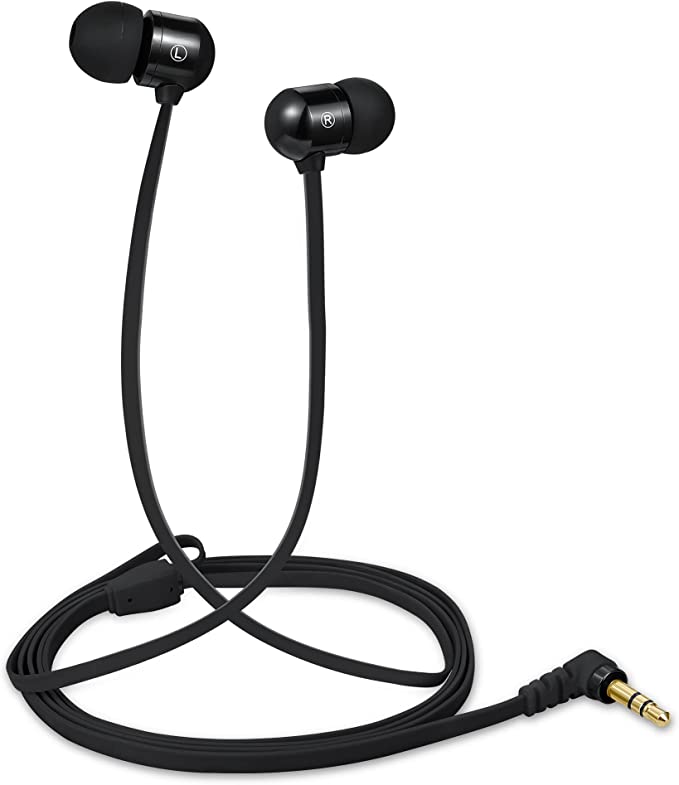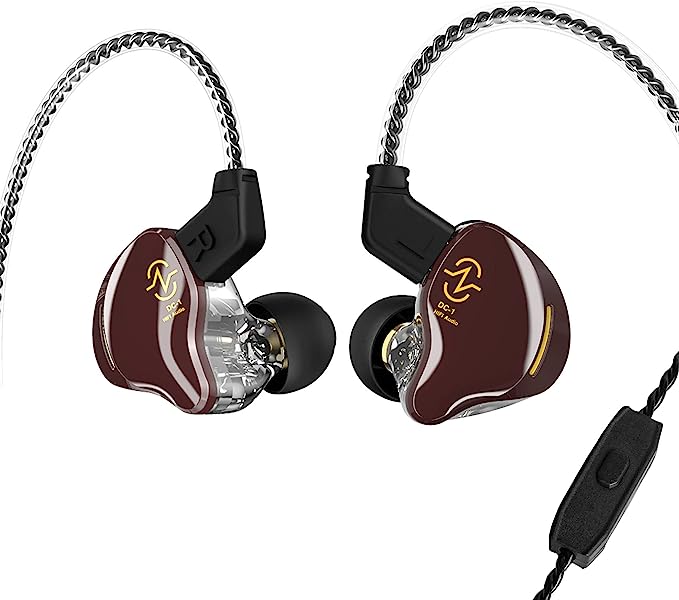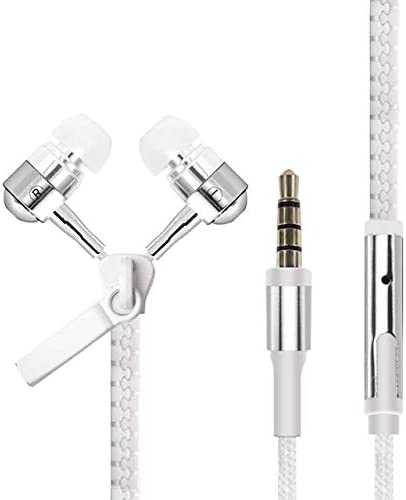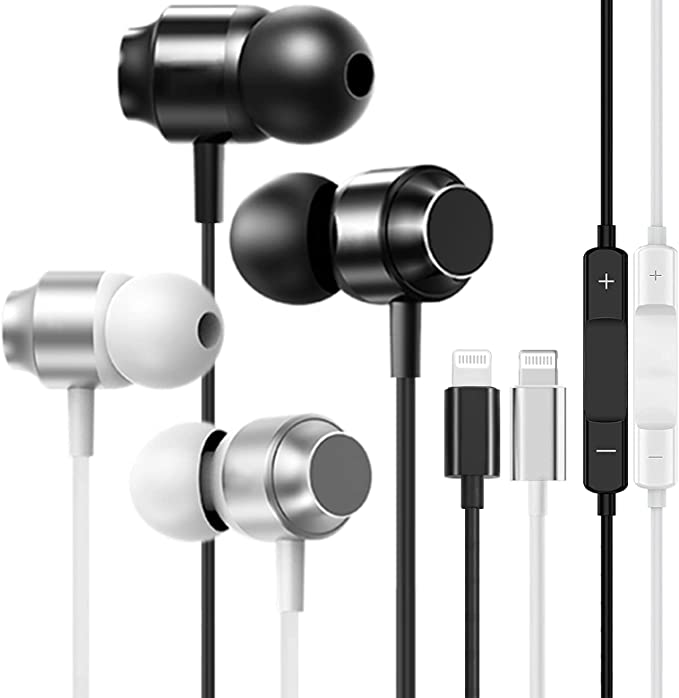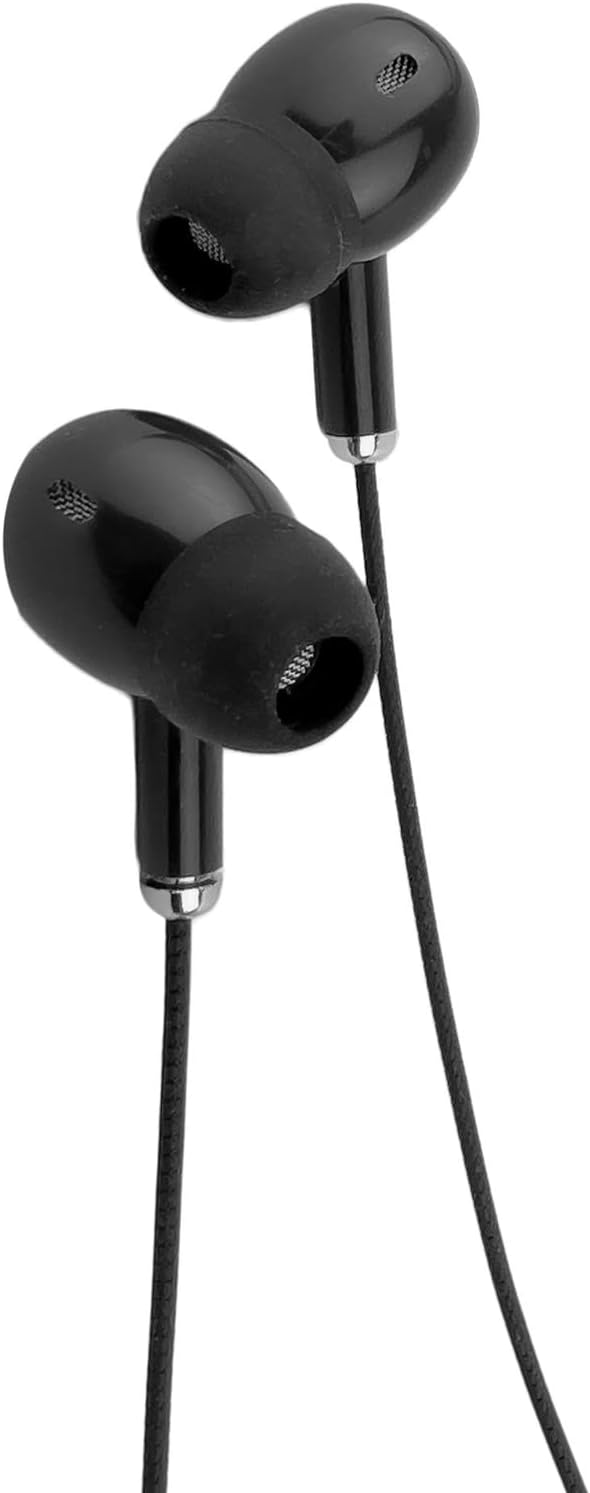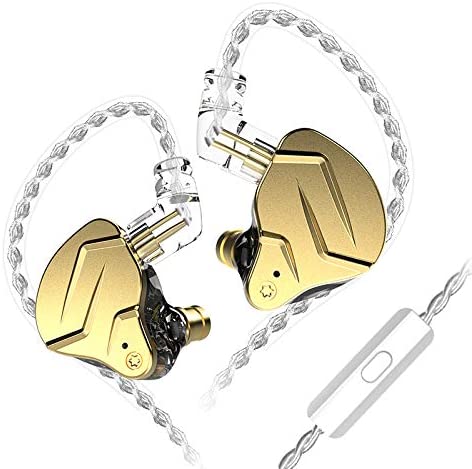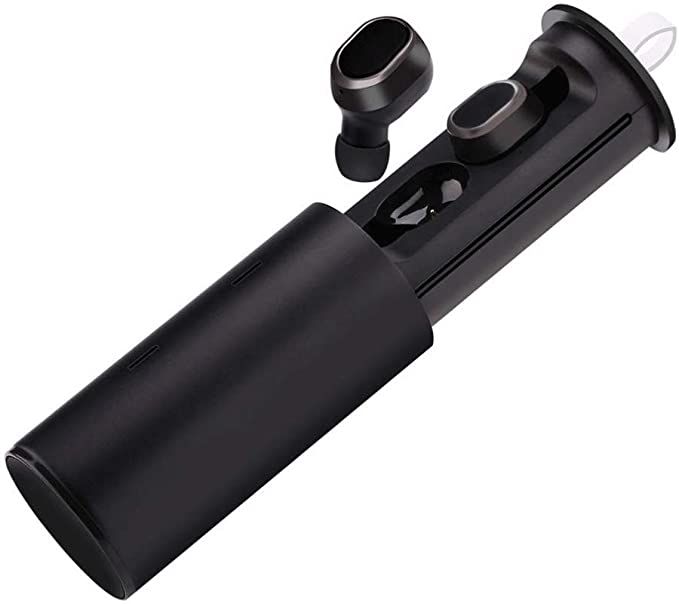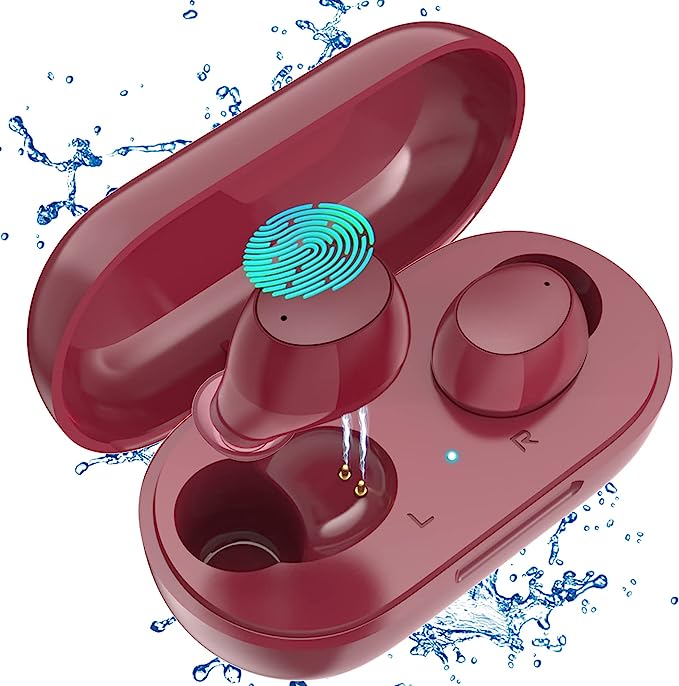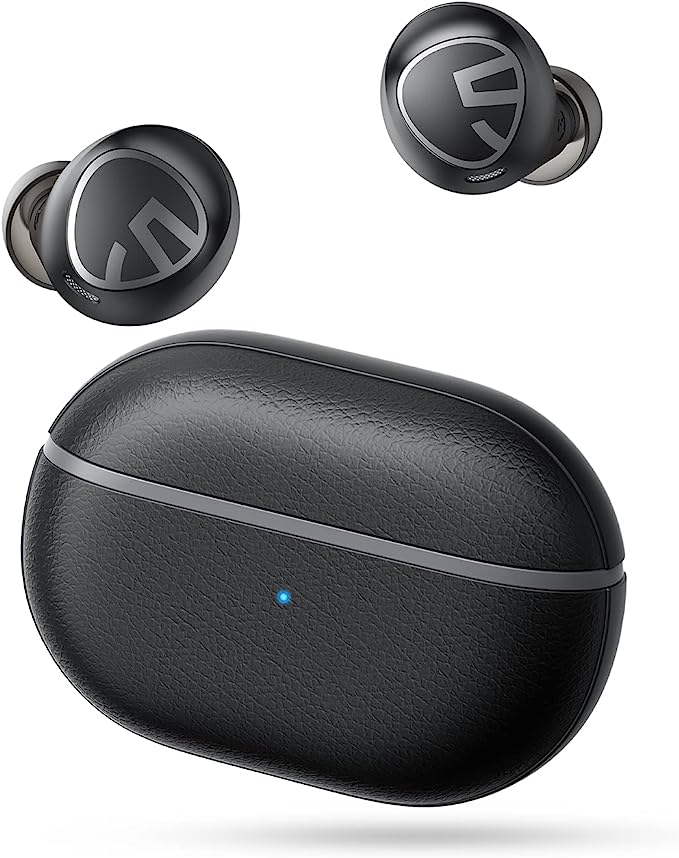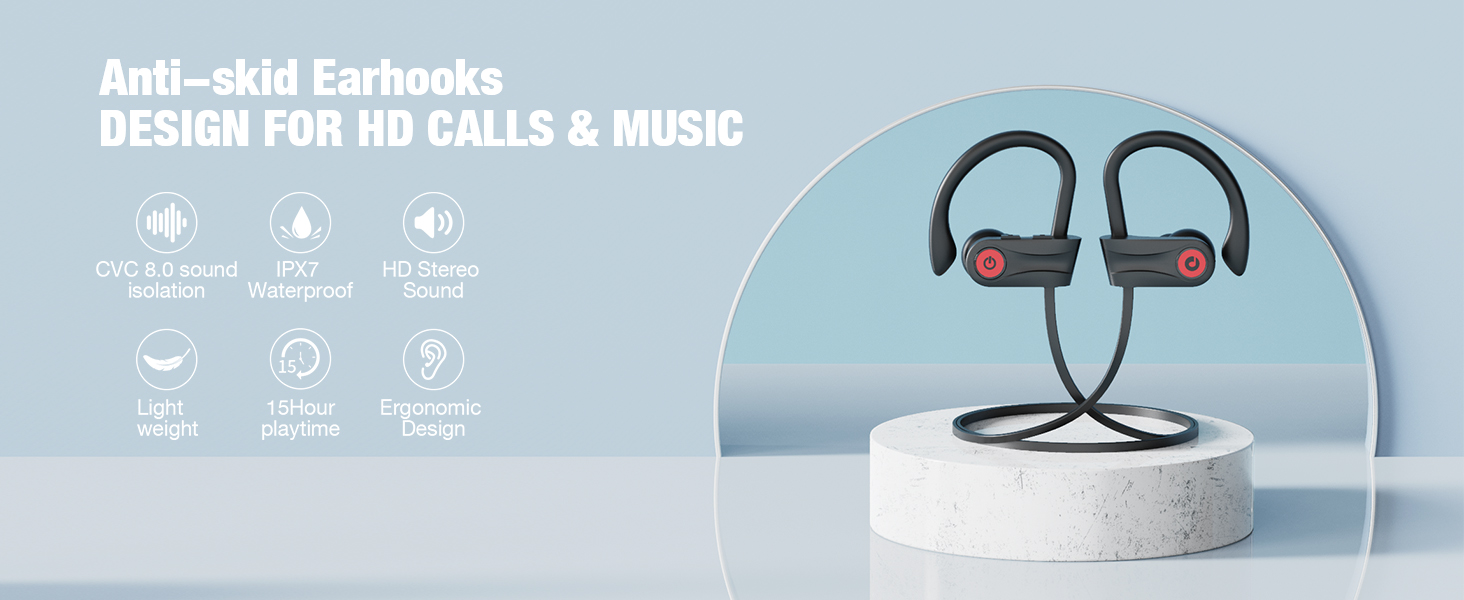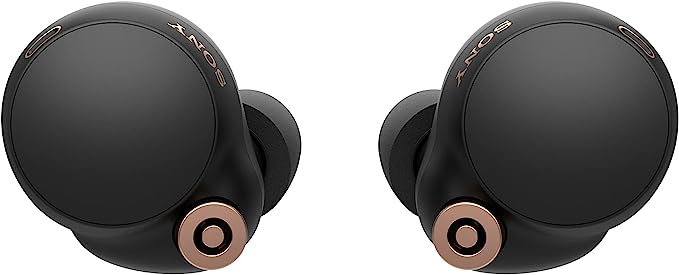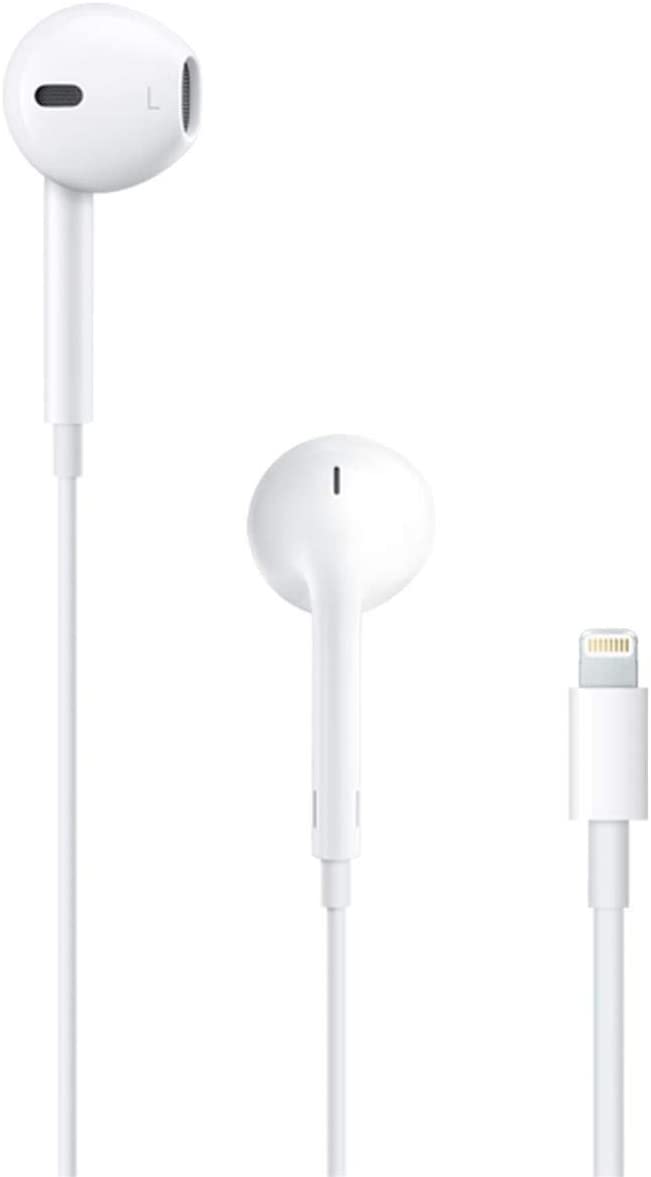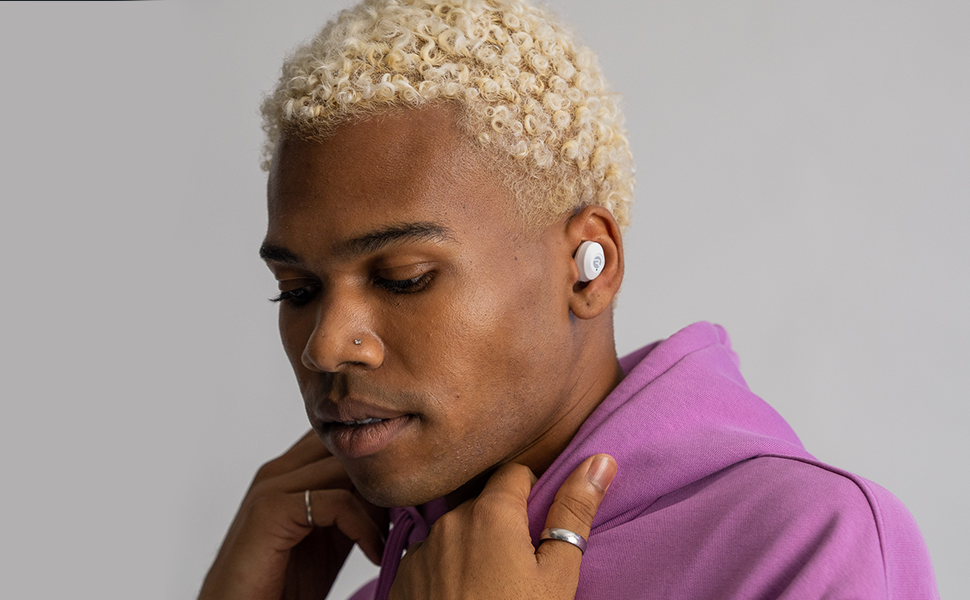MOXKING M2 Wired Durable Metal Earphones - Recommended for its Powerful Bass and Clear Sound
Update on June 23, 2025, 5:30 a.m.
Humans are, by nature, creatures of sound. From the first lullabies that soothe us to the stirring symphonies that elevate our spirits, sound shapes our emotions, narrates our lives, and connects us to the world. For millennia, experiencing music and stories was a communal affair, echoing in grand halls or around crackling fires. But the relentless march of technology, particularly in the last century, has gifted us an increasingly intimate auditory experience: the personal soundscape, often delivered directly to our ears by a humble yet sophisticated device – the earphone.
The journey of the earphone is a fascinating tale of miniaturization and refinement. Early contraptions, emerging in the late 19th century, were cumbersome, often single-eared devices used by telephone operators. It wasn’t until the advent of personal radios and the iconic Sony Walkman in 1979 that headphones and earphones truly stepped into the limelight, becoming symbols of personal freedom and portable entertainment. Fast forward to today, and we live in an era dominated by wireless audio. Yet, amidst the Bluetooth buzz, the unassuming wired earphone, like the MOXKING M2 Wired Durable Metal Earphones, not only persists but thrives, offering a unique trifecta of potential audio fidelity, unwavering reliability, and the blissful absence of battery-life anxiety. The M2 positions itself as a modern messenger in this ancient human quest for an immersive, personal connection to sound, promising powerful bass, crystal-clear delivery, and a robust build. But how does it endeavor to turn electrical whispers into a rich sonic tapestry? Let’s embark on a journey through its inner workings.

Act I: The Message Begins – The Journey to Your Ears
The creation of your personal audio experience begins long before sound waves grace your eardrums. It starts with a signal, a delicate stream of electrical impulses, which must travel obstáculos-free from your device to the tiny transducers nestled in your ears.
Scene 1: The Gateway – Understanding the 3.5mm Jack and Its Golden Touch
The conduit for this journey in the MOXKING M2 is the venerable 3.5mm audio jack. This connector, a seemingly simple cylinder, is an unsung hero of the audio world. Its standardized design, often referred to by its contact configurations like TRS (Tip-Ring-Sleeve for stereo sound) or TRRS (Tip-Ring-Ring-Sleeve for stereo sound plus microphone), has ensured decades of near-universal compatibility across a vast landscape of devices – from smartphones and laptops to gaming consoles and portable music players. The “language_tag” model name for the M2, while cryptic, ultimately connects via this time-tested interface.
You’ll notice the M2’s plug is “gold plated.” This isn’t mere ornamentation; it’s a touch of practical electrochemistry. Gold is exceptionally resistant to oxidation and corrosion. Over time, base metals can tarnish, creating an insulating layer that increases electrical resistance and can degrade signal quality, leading to crackles, dropouts, or a dulling of the sound. A thin layer of gold ensures a clean, low-resistance contact point, preserving the integrity of the delicate audio signal as it leaps from your device to the earphone cable. It’s a small detail that speaks to a commitment to signal fidelity.
Beyond the plug, the “sturdy wire” of the M2 plays a crucial role. While the product description highlights its “tangle-free” nature and “strong filaments inside,” the science of a good audio cable runs deeper. Ideally, the internal conductors are made of high-purity copper, often Oxygen-Free Copper (OFC), to maximize conductivity. Shielding within the cable can help protect the low-level audio signals from electromagnetic interference (EMI) emanating from nearby electronics, which can manifest as hum or buzz. The “reinforced jack” area, a common point of failure due to repeated bending and stress, suggests an engineering focus on mechanical durability, ensuring the sonic journey isn’t prematurely cut short.

Scene 2: The Heartbeat – Inside the M2’s Dynamic Drivers
Once the electrical signal navigates the cable, it arrives at the true heart of the M2: its “high quality dynamic drivers.” Think of a dynamic driver as a microscopic, high-precision loudspeaker. Its core components include:
1. A Diaphragm: A thin, lightweight membrane, often dome-shaped. This is the part that actually moves air to create sound waves. Its material and geometry are critical to the sound signature.
2. A Voice Coil: A coil of very fine wire attached to the back of the diaphragm.
3. A Magnet Assembly: A powerful permanent magnet (in many modern drivers, this is a Neodymium magnet, prized for its strong magnetic field relative to its size) creating a concentrated magnetic field around the voice coil.
The magic happens through a principle fundamental to physics: electromagnetic induction. The incoming audio signal, which is an alternating current, flows through the voice coil. This creates a fluctuating magnetic field around the coil, which interacts with the fixed field of the permanent magnet. This interaction generates a force (known as the Lorentz force) that pushes and pulls the voice coil – and with it, the attached diaphragm – back and forth in perfect synchrony with the original audio waveform. These rapid vibrations of the diaphragm compress and rarefy the surrounding air, launching sound waves towards your eardrum.
The M2 boasts an impedance of “16 Ohm.” Impedance, in an AC circuit like an audio signal path, is essentially the total opposition to current flow. A lower impedance, like 16 Ohms, generally means the earphones require less voltage (and thus less power) from the source device to reach a given volume level. This makes them “easy to drive,” perfectly suited for the relatively modest output power of smartphones, laptops, and MP3 players without needing an external amplifier. This ensures that even with everyday devices, the M2 can achieve ample loudness and dynamic range.
Crafting “powerful deep bass” and “crystal clear sound” with “high resolution mids and crisp highs,” as the M2 claims, is a delicate balancing act for the dynamic driver.
* Deep Bass: Requires the diaphragm to move a relatively large volume of air, meaning it must be capable of significant excursion (back-and-forth movement) without distortion, and the driver system must be well-damped to prevent “boomy” or uncontrolled bass.
* Crisp Highs: Demand a diaphragm that is both lightweight and rigid enough to vibrate very rapidly and accurately at high frequencies without flexing undesirably (which can cause distortion or a loss of detail).
* High-Resolution Mids: Are crucial for the clarity of vocals and the body of most instruments. This requires the driver to reproduce complex midrange frequencies faithfully, without coloration.
The interplay of diaphragm material, its thickness and shape, the strength of the magnet, and the design of the voice coil all contribute to an earphone’s overall frequency response – its ability to reproduce sounds across the audible spectrum (typically considered 20Hz to 20,000Hz for humans).

Act II: Sculpting the Sound – The Earphone’s Acoustic Chamber and Your Ear
The dynamic driver generates the raw sound, but the journey isn’t over. The physical enclosure of the earphone and its interaction with your ear play a vital role in shaping the final sonic experience.
Scene 1: The Resonant Chamber – The Role of M2’s Aluminum Body
The MOXKING M2 features earbuds, a Y-joint, and a jack all constructed from “solid aluminum metal.” The choice of material for an earphone’s housing is not merely aesthetic; it has significant acoustic implications. Any enclosure, no matter how small, will have its own natural resonant frequencies – frequencies at which it prefers to vibrate. If these resonances are strong and fall within the audible range, they can “color” the sound, adding unwanted emphasis or causing a “ringing” quality.
Aluminum is chosen for several reasons:
1. Rigidity and Damping: It’s relatively stiff for its weight. A rigid housing is less prone to flexing and vibrating in response to the sound energy produced by the driver. This helps to minimize unwanted resonances, allowing the sound from the driver to be heard more cleanly, without the housing itself adding its own “voice.” Good damping characteristics mean that any vibrations that do occur are quickly dissipated.
2. Lightweight: While strong, aluminum is also light, contributing to overall comfort during extended listening sessions. An overly heavy earphone can cause ear fatigue.
3. Durability: As the product name emphasizes, aluminum offers excellent resistance to impacts and daily wear and tear compared to many plastics. It also boasts good corrosion resistance, ensuring the earphones maintain their structural integrity and appearance over time. This contributes to the “long lifespan” mentioned in the product description.
The internal shape and volume of this aluminum housing also act as a tiny acoustic chamber, influencing the driver’s performance, particularly its bass response. Engineers carefully design these enclosures to work synergistically with the chosen driver.
Scene 2: The Cone of Silence – Passive Noise Isolation with the M2
One of the key features highlighted for the M2 is its ability to provide “decent noise isolation” and “significantly reduce ambient noise.” This is achieved through passive noise isolation, also known as sound isolation. Unlike active noise cancellation (ANC), which uses microphones and electronics to generate “anti-noise” to cancel out external sounds, passive isolation is a purely physical barrier. It works on the same principle as earplugs or cupping your hands over your ears.
The effectiveness of this barrier hinges almost entirely on creating an airtight seal between the earphone and your ear canal. This is where the M2’s provision of “5 different sized soft silicone ear tips (Small/Medium/Large/Tripple-flange/Double-flange)” becomes critical. Human ear canals vary significantly in size and shape. A one-size-fits-all approach rarely works well. * Standard dome tips (Small/Medium/Large): Offer a balance of comfort and seal for most users. * Double-flange and Triple-flange tips: These designs feature multiple silicone flanges that can penetrate deeper into the ear canal and create multiple points of contact, often resulting in a more secure fit and a more effective seal, particularly against a wider range of noise frequencies.
A proper seal does several crucial things:
1. Reduces External Noise: It physically blocks a significant portion of ambient sound waves, especially mid to high-frequency noises like office chatter, traffic hiss, or the drone of an airplane cabin (though less effective against very low-frequency rumbles compared to ANC). The claim that it “work well for blocking out office and traffic noise” is consistent with the strengths of good passive isolation.
2. Enhances Perceived Bass: By sealing the ear canal, a small, enclosed volume of air is created in front of the driver. This allows the low-frequency sound waves (bass) to build up pressure effectively, leading to a fuller, richer, and more impactful bass perception. If the seal is poor, bass frequencies can “leak” out, making the sound seem thin or anemic.
3. Allows for Lower Listening Volumes: When external noise is reduced, you can often enjoy your music or podcasts at a lower volume level without sacrificing clarity. The product description rightly notes this “is also good for hearing protection.” Consistently listening at high volumes to overcome background noise is a leading cause of noise-induced hearing loss. Psychoacoustically, improving the signal-to-noise ratio (the ratio of desired sound to unwanted background noise) significantly enhances the listening experience.
The “ergonomic in-ear design” also contributes to both comfort and the ability to achieve a good seal, ensuring the M2 stays “without falling out issue” even during movement, making it a “great companion for travel, commute, work, video games.”

Act III: Command and Clarity – Interacting with Your Audio World
Modern earphones are not just passive listening devices; they are often interactive tools for communication and control.
Scene 1: Fingertip Control – The M2’s In-Line Remote
The “3 buttons in-line remote” on the M2’s cable offers a significant layer of convenience. It allows users to:
* Manage Music: Pause or play tracks, skip forward or backward.
* Handle Calls: Answer or end phone calls.
* Adjust Volume: Increase or decrease the listening level.
* Activate Voice Control: Summon the voice assistant on the connected smartphone (e.g., Siri or Google Assistant).
This means less fumbling for your phone, especially when on the go, commuting, or exercising.
Scene 2: A Clearer Voice – The Science Behind the M2’s “Noise Cancelling” Microphone
The M2 features a “noise cancelling microphone” built into the in-line remote, designed to help you be “heard clearly with no echo or background noise complaint, even in noisy environment.” For an in-line microphone at this product tier, “noise cancelling” typically refers to a few possible strategies rather than sophisticated multi-mic array active noise cancellation found in high-end headsets:
1. Microphone Placement and Directivity: The microphone is often positioned to be closer to the user’s mouth than to ambient noise sources. Some microphones also have a degree of inherent directionality (e.g., a cardioid-like pickup pattern, though less common in simple in-line remotes) that makes them more sensitive to sound from the front (the user’s voice) and less sensitive to sounds from the sides and rear.
2. Acoustic Design: The physical housing around the microphone might be designed to shield it slightly from ambient sounds.
3. Basic Signal Processing (Less Common at this price point but possible): Some chipsets used in headphone remotes might incorporate very rudimentary noise reduction algorithms that attempt to filter out steady, predictable background noise (like a constant hum) while preserving speech frequencies. However, advanced Digital Signal Processing (DSP) is more typical of dedicated communication headsets or higher-end wireless earbuds.
The primary goal is to improve the clarity of your voice for the person you’re talking to, making it a valuable feature for phone calls or in-game voice chat where clear communication is key to coordinating with your “squad in pc, video and mobile games.”

Finale: The Listener’s Embrace – Where Technology Meets Perception
The journey of sound through the MOXKING M2, from the electrical pulse at the 3.5mm jack to the precisely sculpted air pressure waves entering your ear canal, is a testament to decades of audio engineering refinement. Each component – the corrosion-resistant gold plating, the carefully wound voice coils, the rigid aluminum housings, the pliable silicone eartips – plays its part in the quest to faithfully translate an artist’s intention or a game’s immersive atmosphere into a personal, compelling experience.
The M2, with its focus on dynamic drivers for a full-bodied sound, metal construction for durability and acoustic integrity, and a suite of eartips for effective passive noise isolation, embodies a design philosophy of leveraging established, reliable technologies to achieve a balance of performance, resilience, and user convenience. It reminds us that while the science of acoustics and electronics provides the objective framework for good sound reproduction, the ultimate experience of “deep bass” and “crystal clear sound” is a deeply personal, perceptual one.
The beauty of sound may indeed be subjective, but the engineering principles that allow us to capture, transmit, and reproduce it with increasing fidelity are grounded in meticulous science. As technology continues to evolve, our personal soundscapes will undoubtedly become even richer and more integrated into our lives. Yet, the fundamental desire to connect with sound, to be moved by music, and to communicate clearly will remain, and devices like the MOXKING M2 will continue to serve as humble but essential conduits for these timeless human experiences.
